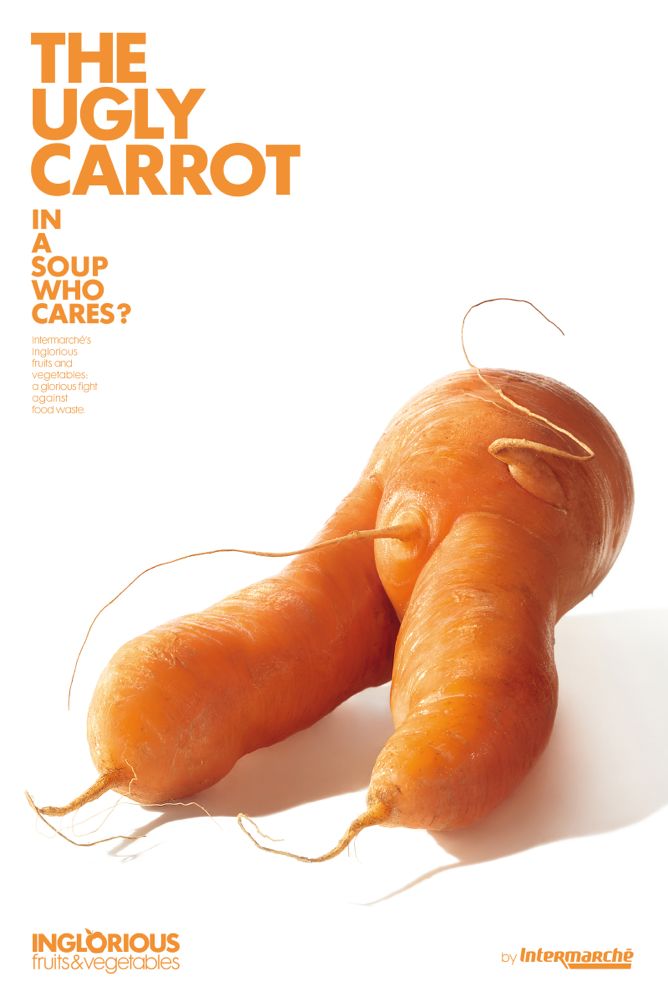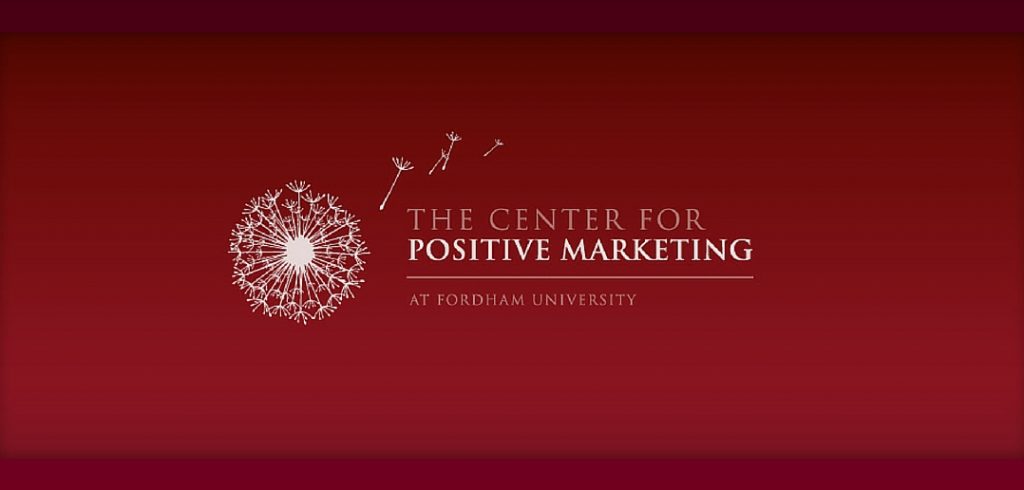Marketing professionals from around the country gathered at Fordham this week to explore how the field can influence consumer behavior to promote positive social change.
On April 1, the fifth annual Conference for Positive Marketing drew scholars and practitioners to the Lincoln Center campus to strategize on how to tap into consumer motivation for the sake of empowering and energizing these markets to create the greatest good for the world.
“Marketing strategies look at how we can influence consumers to take a certain action or change their behavior in some way,” said conference presenter Eve Rapp, PhD, an associate professor of business at Salem College.
“This conference is a forum to talk about how we can use our roles as marketers to look at societal problems and to make a positive difference.”
Rapp and her colleagues—Jaya Rapp, senior analyst of market research at Amway Corporation, and Ben Applebaum, executive creative director at Colangelo marketing agency—offered an interactive example of positive marketing through their presentation, “Using A Human-Centered Design Process to Tackle the Societal Problem of Food Waste.”
What is a human-centered design?
EVE RAPP: Human-centered design is similar to qualitative research [as opposed to quantitative research]insofar as it’s about gathering insights from the consumers themselves. It comes down to sitting with consumers, talking with them, and finding out how and why they act they way they do, or shop the way they do. For instance, [in the case of food waste,]what do you know about the issue? What would it take for you do change the way you purchase or store food?

How do marketers create behavior change in consumers around wasting food?
ER: The EPA and the USDA have called for the food industry to cut waste by 50 percent by 2030. To do this, we need to work with food manufacturers, growers, grocery stores, and other stakeholders. But all of these stakeholders are driven by consumer behavior. So, any real change has to also involve the consumer. Our session explores what we can do to make people aware of the problem of food waste, figure out what motivates their shopping choices, and then use that incentivize them to change their behavior.
Can you give an example?
ER: One of the most successful strategies in terms of battling food waste was by the French supermarket Intermarché, which ran a campaign called “Inglorious Fruits and Vegetables” to help sell the disfigured fruits and vegetables that usually get thrown away. They put a humorous spin on “ugly” fruits by talking about the “disfigured eggplant,” the “grotesque apple,” and the “failed lemon,” and in doing so let people know that these fruits and vegetables are just as good as ones that look prettier. In addition, they sold these “ugly” fruits and vegetables at a 30 percent discount. It turned out to be a very successful campaign.
How do you approach this issue?
ER: In the first part of our talk, we set the stage about food waste and why we need to care about it. Second, we’ll do a group activity to demonstrate the process of human-centered design. Finally, we talk about how to put these ideas into a marketing platform to create messages that will start changing behavior. So, [it is]a bit of an inventive approach to show the audience—as participants and as consumers—how this process would work for a larger societal problem like this.
The conference was sponsored by the Center for Positive Marketing at Fordham. Visit the conference website for more information.


